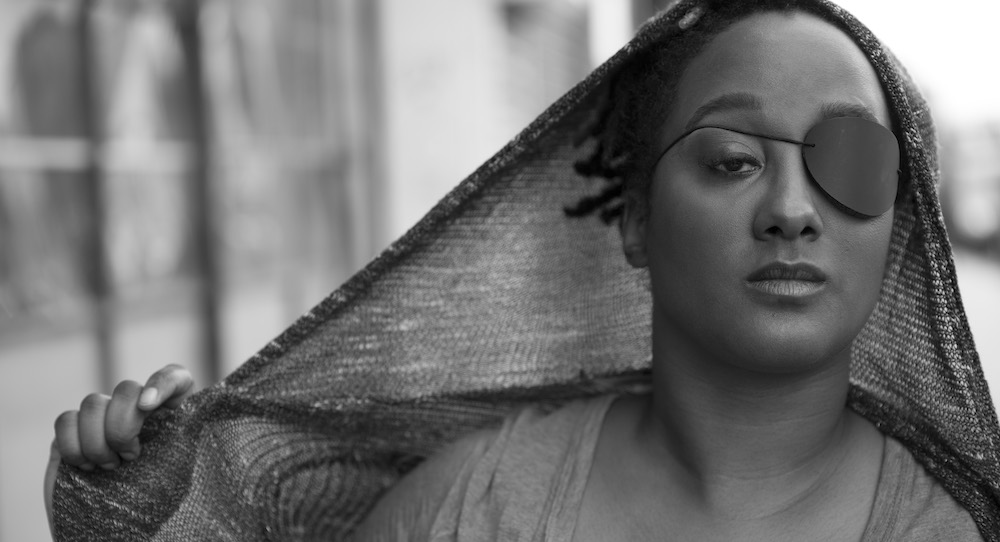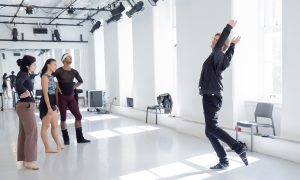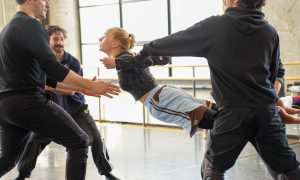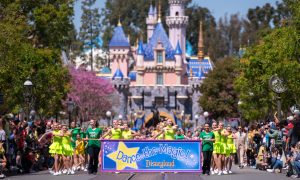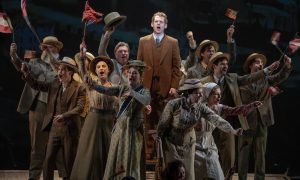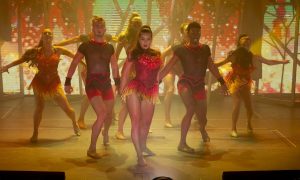Kayla Hamilton is an artistic force of nature. Originally from Texas and now Bronx-based, this groundbreaking artist has been presented at the Whitney Museum, Gibney, Performance Space NY, New York Live Arts, and Bronx Academy of Arts and Dance. She is a 2023-2025 Jerome Hill Artist Fellow, A 2023-2024 Pina Bausch Foundation Fellow, a 2024 NEFA National Dance Project Production Grant recipient, and a 2023-2024 Bronx Cultural Visions Fund recipient. She is the Founder and Artistic Director of Circle O, a new cultural organization created by and for Black Disabled and other multiple marginalized creatives. Dance Informa caught up with Hamilton in between rehearsals for her upcoming performances at The Shed this August 15-17.
At what age did you start dancing? What motivated you to attend a dance school?
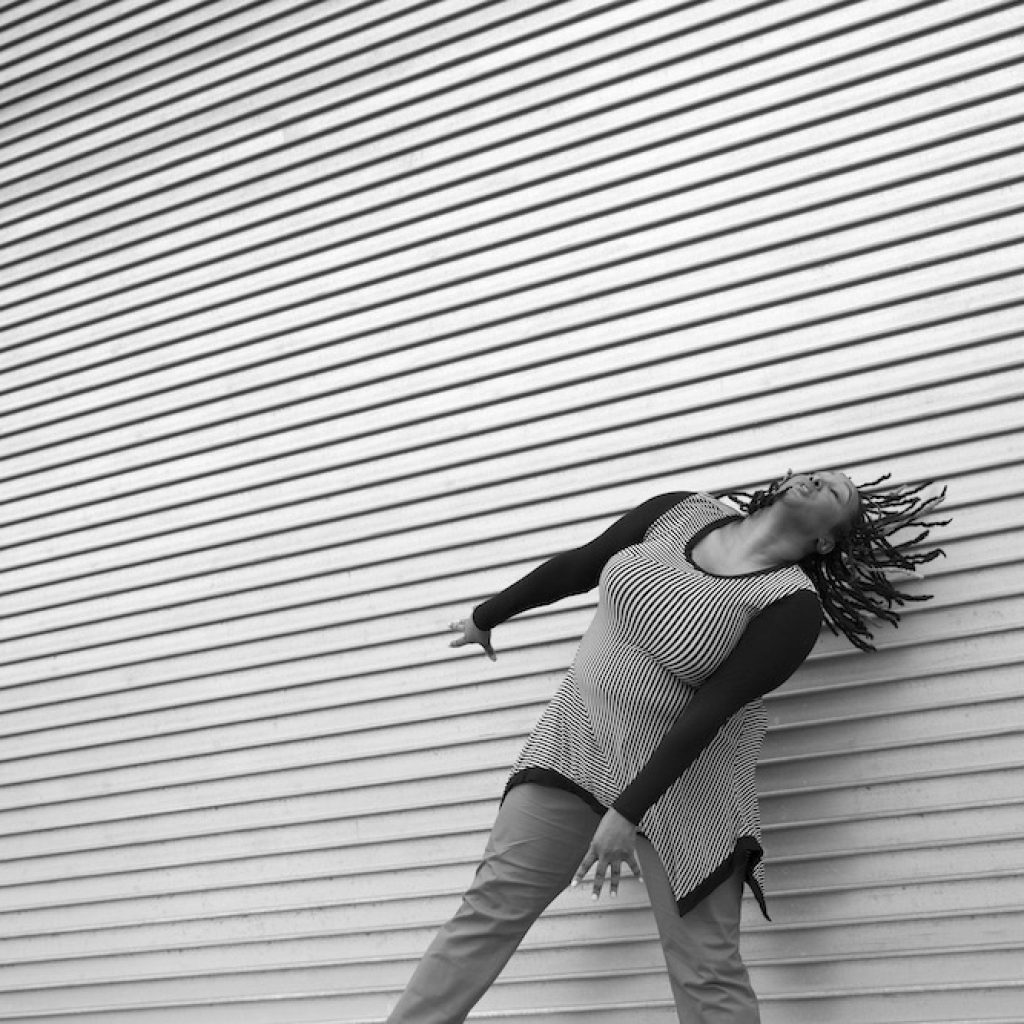
“As a child, I saw my uncle Lawrence Hamilton on Broadway. Throughout his career, he performed in shows like Porgy and Bess, The Wiz and Jelly’s Last Jam, and that was the spark – I wanted to dance.”
Can you talk about the studio you attended? What forms of dance did you study?
“At age eight, I started classes at Judith McCarty’s School of Dancing in Texarkana, Texas. I started with tap and ballet, and then added jazz a few years later. Tap dance was my favorite. I went to Texas Woman’s University where I earned a BA in Dance and where my focus shifted to modern and post-modern dance. In college, I developed a love for traditional West African dance – dances from Mali, Senegal and Guinea.”
Did you have a favorite style or technique, and why? Can you talk about how you made dance techniques work for you growing up?
“As a young kid, tap dance was my favorite. I think rhythm and sound really interested me. At the time, I didn’t really think about ‘making techniques work for me’ – I just loved to dance! I did it because I loved it. I loved being in my body.”
Were the school and the instructors aware of your visual challenges and what, if any, accommodations did they make?
“As a young girl in dance, my teachers were not aware, because I was not aware, because I was not raised to think of myself as sight impaired or disabled. I loved to dance and I wanted to dance, and I did what I had to do to get by. In college, as my sight changed, professors were aware. But again, when I want to pursue something, I do. And I figure it out from there. And that’s not to place a value on that – it’s just how it was. But as a child and even in college, there were not really discussions about access or accommodation – it was not a thing.”
What motivated you to move to New York City? Did you study at any studios or take open dance classes? What was your experience?
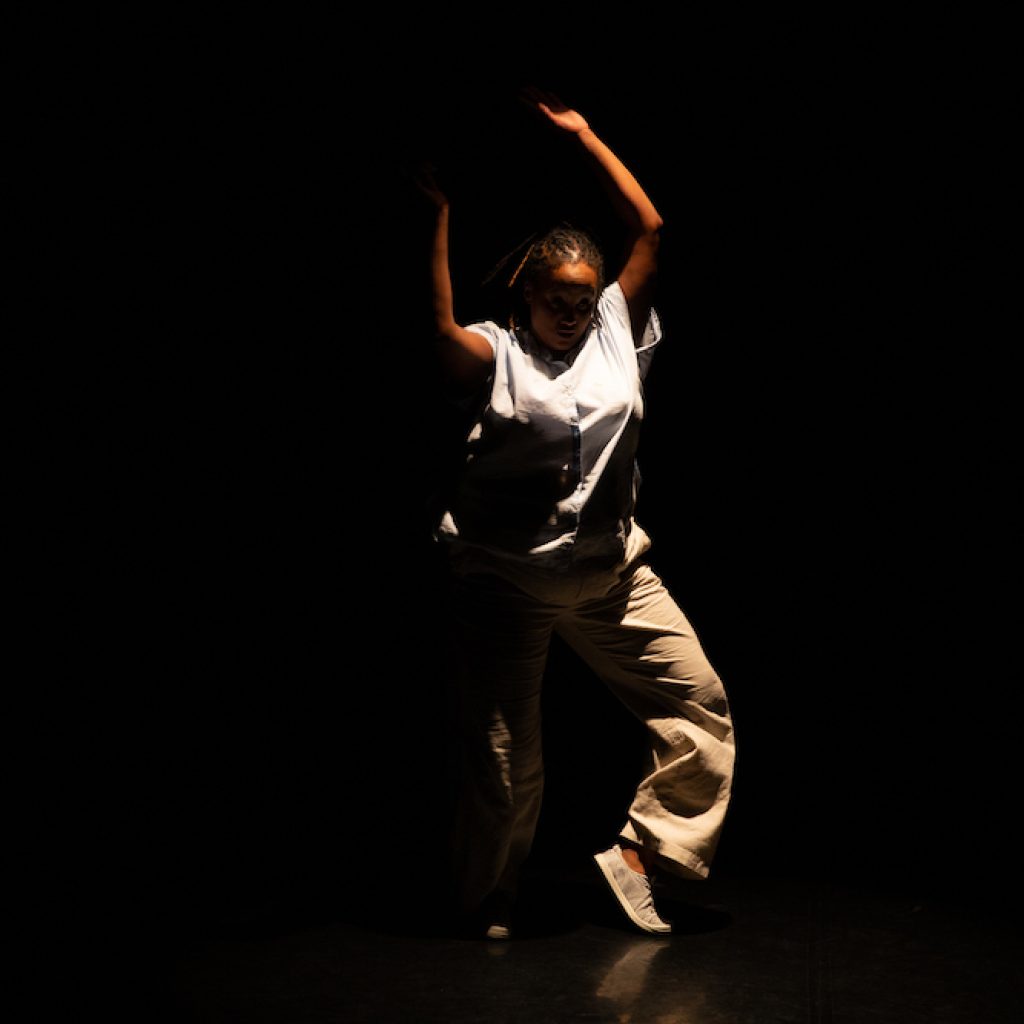
“I was living in Washington, D.C. at the time. I knew one person in NY – Crystal U. Davis – who I am still very close with today. I had been talking to her about wanting to move to NY. One summer, I packed up my two suitcases and made the move, with Crystal’s help. I wanted to continue to study dance, and be around other dancers, and to experience performances – just be around art. When I first came in the summer of 2008, I took the Dance New Amsterdam summer intensive. Then I started taking open classes at DNA. Some of the people I met that first summer, I’m still in contact with them today. I really wanted to totally immerse myself in dance and culture in New York City, and I did.”
When did you start creating your unique pedagogy?
“I first began reimagining pedagogy when I met and began working with collaborator, friend and fellow disabled artist Elisabeth Motley. We are both movement artists, we are both educators, we are both disabled, and we are both curious. So with her, I began to reimagine the ways in which I teach, and together, we created Crip Movement Lab – a pedagogical framework centering, on cross-disability accessible movement practices.”
Tell us about the creation of Circle O.
“Circle O is a new cultural organization created by and for Black Disabled and other (multiply) marginalized artists and creatives. It is really about putting a container or umbrella around the things I’ve already been doing (performing, educating, consulting). Now, I can put them into one space and all these elements can speak to and be with each other. It’s about having a holistic space to be working toward a dance world where the Black Disabled and other multiple marginalized artists are centered, and every body is worthy of care.”
Tell us about your rehearsal process with the dancers for your upcoming performances at The Shed.
“At The Shed, we will premiere How to Bend Down/How to Pick it Up. This work is an immersive, community-specific, multidisciplinary dance performance exploring the lineages of Black Disabled imagination and alternative world building. Our cast includes dancers, actors, singers, ASL interpreters, audio describers — all of whom are performers. Within my rehearsal process, it is incredibly important that we create a care-filled cross-disability space in which access is central and a key source of creativity and creation.
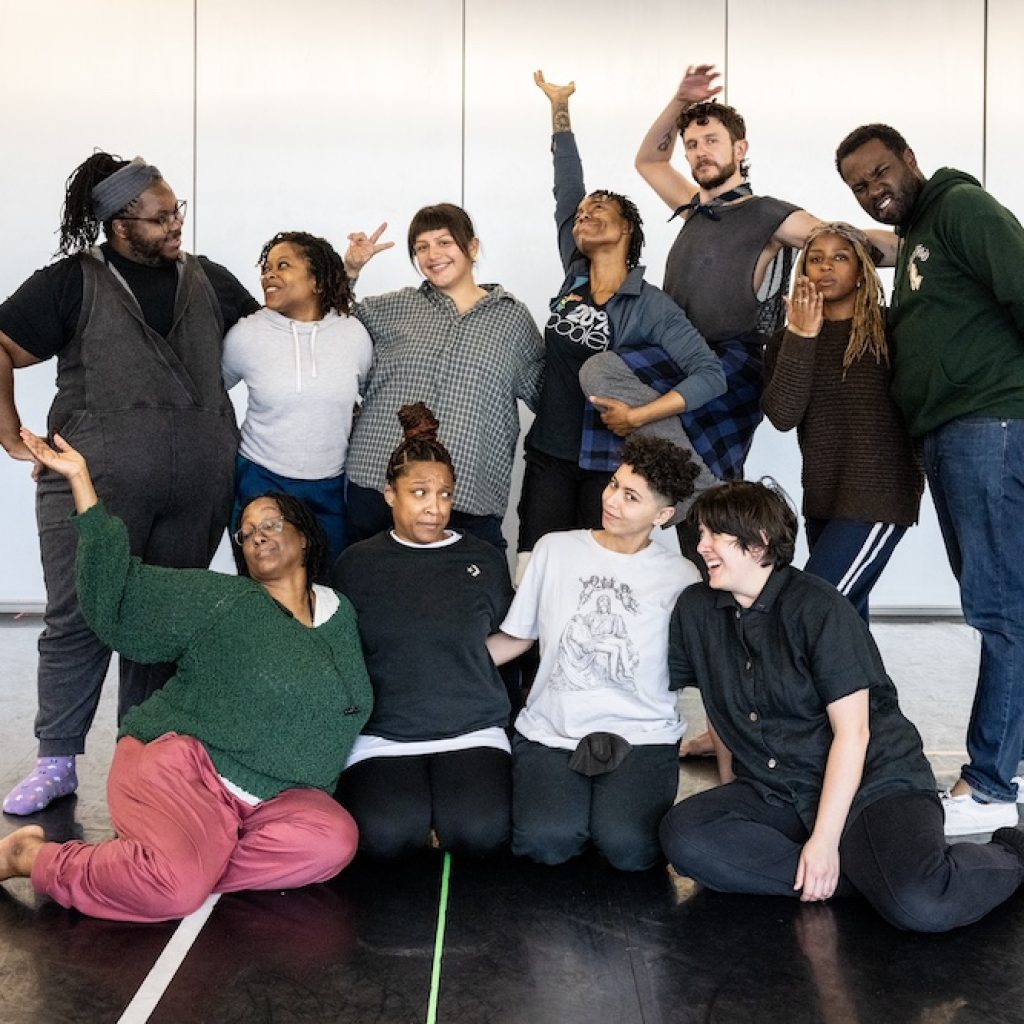
During creation, disability is the method, the process and the subject. This work is life work. Whatever we create and share as a group is where we are at, in that moment. Disability is how we are processing, where we are building, the ways in which we are holding the space. All of this is the container in which HBD/HPU is created – we are grappling with larger questions like the seen and unseen, who we are, who we believe ourselves to be, what systems have helped shape who we think we are. And the process is loaded with access.
I am examining: how do we undo this idea of perfectionism and mastery and symmetry in dance? The process is pushing everyone, including myself, to our growing edge. Again, this is life work. We are not done when we show the work at The Shed. We continue.”
Performances at The Shed run from August 15-17, and information can be found by visiting www.theshed.org. You can find out more about Circle O by visiting www.circleo.org.
By Mary Carpenter of Dance Informa.


